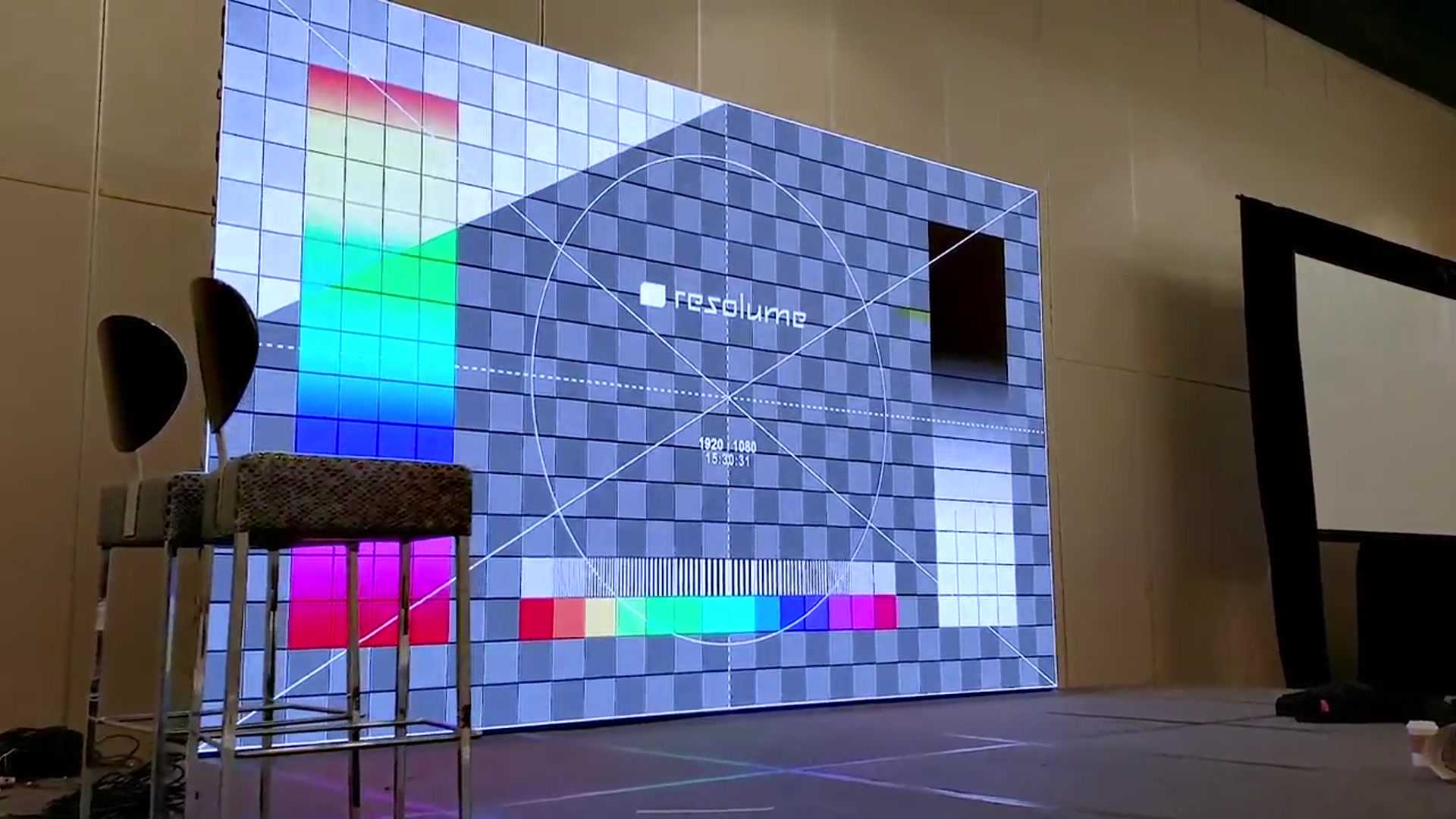Perfecting Color Precision in LED Wall Adjustment for Stunning Graphic Displays
Perfecting Color Precision in LED Wall Adjustment for Stunning Graphic Displays
Blog Article
Hue precision is essential for creating stunning graphic displays, especially when using LED walls. These massive screens are frequently found in locations like music venues, sports arenas, and advertising billboards. When the colors on an LED screen are not accurate, the visuals can look flat or distorted, which can impact the total impression for audiences. Therefore, mastering color accuracy in LED screen tuning is vital for achieving lively and realistic visuals.
The initial step in ensuring color accuracy is comprehending how LED systems works. LEDs, or light-emitting diodes, produce light in various colors by mixing red, green, and blue (RGB) light. Each pixel on an LED wall consists of these three hues. When calibrated properly, the mix of RGB can produce a broad range of hues. However, if one hue is too intense or too faint, it can distort the whole display. This is why calibration is needed to balance the colors and achieve the intended graphic effect.
Calibration involves adjusting the settings of the LED wall to make sure that the hues displayed correspond the original content as nearby as possible. This procedure usually involves using specific software and hardware tools. Technicians frequently use color assessment devices, such as color meters, to analyze the colors being shown. By comparing the measured colors to standard color standards, they can make exact adjustments. This ensures that the colors are not only vibrant but also uniform across the whole screen.
Another crucial factor of color accuracy is understanding the environment in which the LED screen is employed. Elements such as surrounding light can considerably affect how colors appear. For example, a brightly illuminated room may fade hues, making them look less lively. To mitigate this, technicians may modify the luminosity and differentiation settings of the LED wall. Additionally, they may choose particular color settings that are better suited for various lighting conditions. This flexibility helps preserve color accuracy irrespective of the observing surroundings.
Ultimately, regular maintenance and re-tuning are crucial for maintaining an LED screen looking its finest. Over time, the functionality of LEDs can alter due to elements like degradation and heat fluctuations. Frequent checks and modifications can help ensure that the hues stay led wall calibration for graphic design correct and vibrant. By committing time in proper tuning and maintenance, venues can provide viewers with stunning graphic displays that enhance their overall experience. Mastering color accuracy in LED screen tuning is not just a mechanical job; it is an expertise that adds to the magic of visual storytelling.